Cleome is a genus of flowering plants in the family Cleomaceae.
The Cleome serrulata is native to southern Canada and in the United States from the west coast east to Ohio and southwest to Texas.
It is commonly known as Rocky Mountain bee plant, skunk weed, or Navajo spinach and guaco.
It is an annual that attracts insects, in particular bees.
Cleomes are very low maintenance once they have become established.
Their height and multicolored flowers make them a Landscaper’s dream.
They may not look like much in a nursery six-pack, but they grow into beautiful colorful plants.
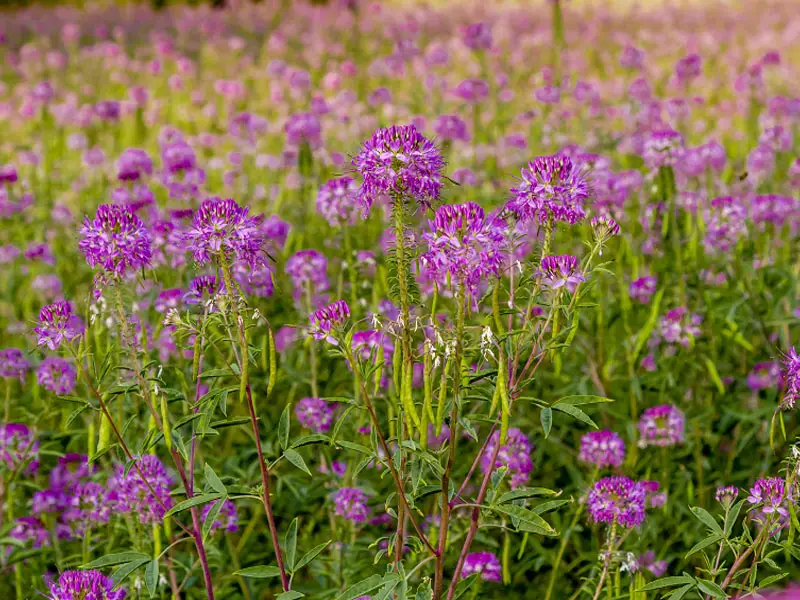
| Scientific Name | Cleome |
| Common Name | Spider plant, spider weed, bee plants |
| Hardiness | Hardy |
| Indoor/outdoor | Outdoor |
| Sun exposure | Full sun or partial shade |
| Water | Tolerates drought but needs occasional water |
| Size</td> | Average 3 to 5 feet, some dwarf varieties |
| Soil and PH | Average, well-drained soil, low in nitrogen with an acidic to neutral pH. |
| Flower | Cluster pink, rose, white, and purple flowers. |
| Growing difficulty | Easy to grow and needs little care |
Cleome Plant Appearance and Characteristics
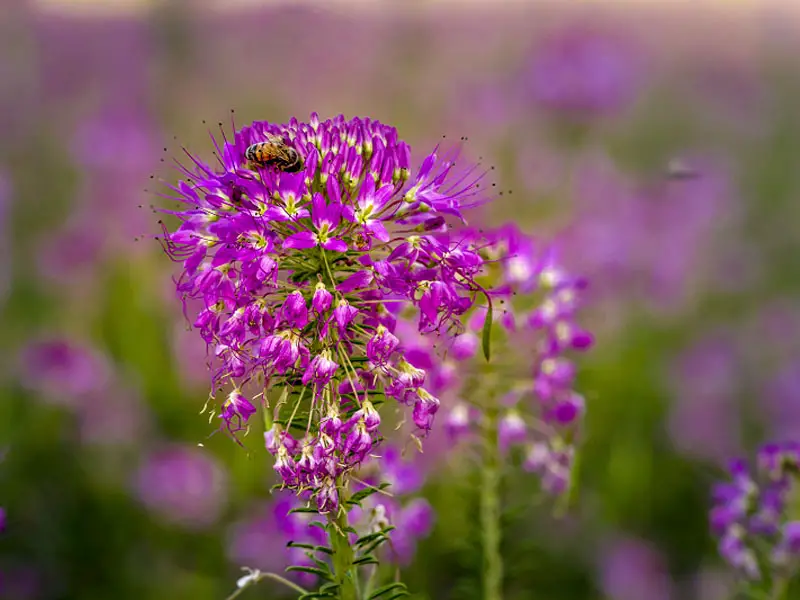
Spider plants are tall 3-5 foot plants with beautiful pink, white, or light purple flowers.
Some varieties are mono-colored, while others vary and are bi-colored pink to purple.
The flowers usually bloom in summer and may last until the first frost.
They are gorgeous when grown against a wall or fence.
Some varieties have a sweet smell when the flower is open, although some dwarf varieties do not have much smell.
Cleome Plant Growing Guide
Direct seeding in a well-prepared bed can produce vigorous plants that should grow flowers for the entire summer season until the colder weather of fall begins.
Seeds should be planted outdoors in the spring when there is no threat of frost.
Patience is a virtue when growing cleome flowers, so the best way to baby your Spider plant is to begin to prepare the soil as you would with most seeds by removing any weeds and adding organic matter to enrich the soil.
Like most annuals, the soil is improved by adding organic matter.
Organic matter refers to a wide range of materials used for improving the soil and feeding plants.
Sometimes this is referred to as soil “conditioner” or soil “improver,” also known as “humus.”
Organic matter contains soluble or mineral nutrients.
The microorganisms in the soil can break down the organic matter to produce micronutrients that the plants can then use.
Microorganisms work slowly in the winter and much quicker in the summer.
It is best to add organic matter in the spring before cultivation starts.
Gardeners can use manure and compost in a well rotted state or commercially purchased organic matter.
Cleomes are not frost tolerant.
These annuals do best in temperatures of 75 to 80 F during the day and 60 to 65 F at night.
They love the sun so choose a sunny spot to plant your seeds.
Cleomes thrive best in any full sun or partial shade location.
They do not need any particular soil type, and like most plants, need a spot that drains well.
Working in organic matter to the top six to eight inches of the soil will benefit the cleome flower.
After turning up and mixing the soil, so it is not rocky or clumpy, smooth and level the earth.
You are now ready to plant your seeds.
Check your Farmer’s Almanac for the last frost date in your area.
Some gardeners put their seeds in the fridge for a week before planting.
Soak your cleome seeds in water and let them sit for 24 hours.
Six seeds should be dropped into each hole and covered with a quarter-inch of soil.
The seeds need to feel the sun.
It is recommended that plants should be watered lightly.
Germination
Cleomes germinate in 7-21 days; the 14th day marks optimal conditions.
Thin baby plants when they are 1-2 inches high to 8 inches apart.
Thin again to 2 feet apart when plants are established.
Weed control is important, as weeds compete with annuals for water, nutrients, and space.
Mulches may help retain soil moisture and even soil temperatures.
Once established, Cleomes tend to be drought-tolerant and hold up to summer heat.
Gardeners should water young plants from the bottom to avoid disease.
Soil should be moist but not wet.
Seed companies recommend using a slow-release fertilizer designed for flowering plants.
Water
Cleomes can tolerate drought and does best with occasional watering.
Remember to water from the bottom at first to avoid fungal infection or disease.
Plants do not require staking; they need at least six hours of quality sunlight per day and need soil with good drainage.
Cleome serrulata (Syn. Peritoma serrulata), common names include Rocky Mountain Bee plant/ bee weed, stinky-clover, skunk weed, and Navajo spinach, has been used in the Southwestern United States as food, dye, and traditional medicine.
Birds seldom eat the seeds because there is a bitter taste to them. However, Hummingbirds are very attracted to Cleomes for their nectar.
Uses
In traditional Native American medicine, an infusion of plant leaves and stems is used to treat stomach troubles and fevers, a gargle for sore throats, and poultice is used for the eyes.
When used as a medicine, the Navajo refer to it as “Waa” The Navajo still use it to make yellow-green dye for their woven rugs and blankets.
Water
Cleomes can tolerate drought and does best with occasional watering.
Gardeners should water young plants from the bottom to avoid disease.
Soil should be moist but not wet.
Burpee also recommends slow-release fertilizer designed for flowering plants.
Potting and Repotting
Most gardeners believe Cleomes should be grown outdoors, but they can be sown early indoors.
If you choose to start your seeds indoors, begin four to six weeks prior to the last spring frost.
Gardeners should plant these plants from seed.
Pre-starting the seeds indoors requires a strict lighting and bottom heat regime that does not seem worth it.
Often trying to transplant older plants results in a withered effort.
Put your seeds in the refrigerator for a week and soak your seeds in water 24 hours before planting.
It is advised to use a heat mat set at 70 to 75 degrees F.
Make sure you use a grow lamp as these seeds need sunlight.
Propagation & Pruning
Cleomes do not require staking as their stems are strong.
Growing Cleome Plant Advantages
Cleomes are considered half-hardy.
These beautiful plants flower over a long season and have a variety of colors.
They look fantastic as an ornamental border with other flowers.
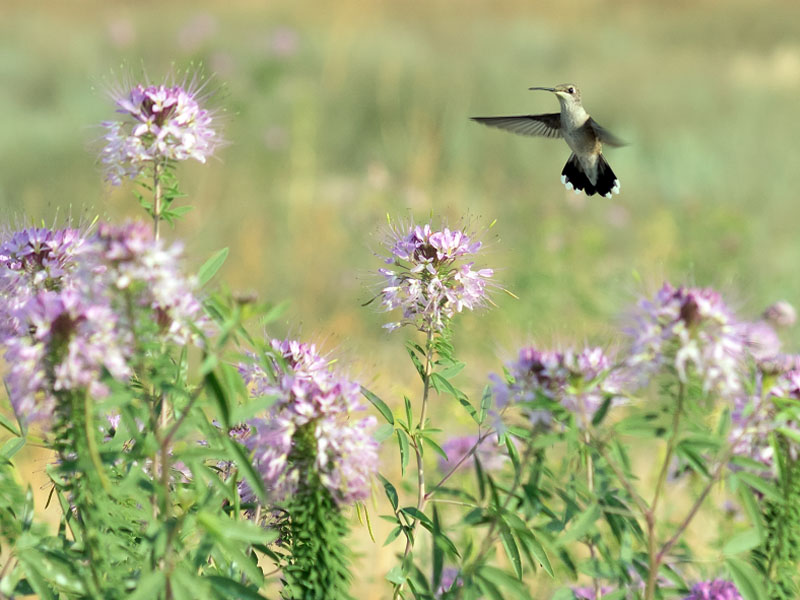
Cleomes are not generally considered invasive.
After planting, a big advantage is that Cleome plants typically need little care during the growing season.
Although they are annuals, they do come back in certain areas.
If that happens, then the plant that grows really is a low-maintenance flower for your garden.
Some people collect seeds before the pods burst and use them to plant in other parts of the garden the following year.
Many species of insects are attracted to Cleomes, especially bees and butterflies.
Bees are especially helpful in pollinating beans and squash.
This is the reason Cleomes are sometimes commonly called “bee spider-flower” in some areas.
Cleome Plant Problems, Pests, and Diseases
Nitrate poisoning can result if too much of this plant is consumed, so animals rarely feed on it.
Cleomes are generally deer and rabbit resistant.
Cleome Plant Diseases
Every area is different; we recommend checking with your local Cooperative Extension Service for pest and disease control.
Most Cleomes are susceptible to Fungus.
Some common diseases are as follows:
Alternaria Leaf Spot
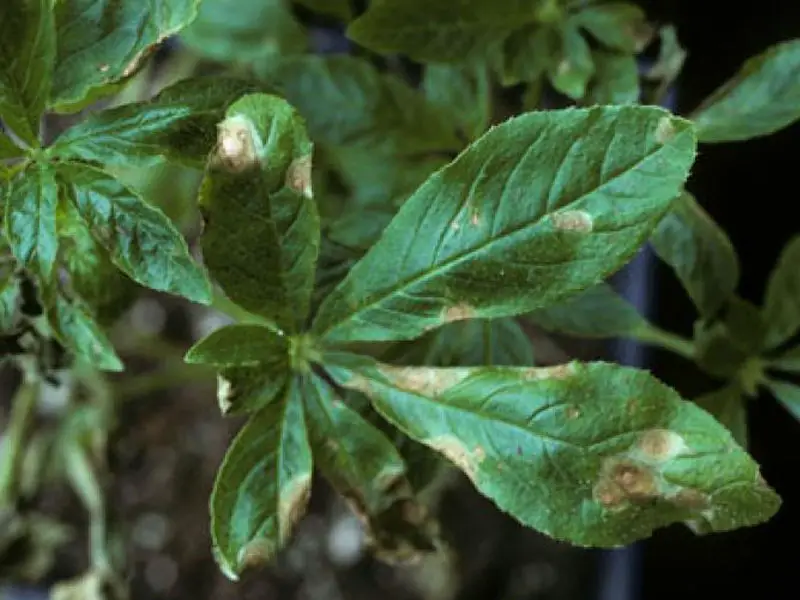
This fungus causes small brownish-red dots with white or grey centers that form along the midrib and upper leaf surfaces.
The disease is worse in warm, humid, and wet weather. Remove rotten leaves, and a prevention method is to water from the bottom so as not to overwater the leaves and foliage.
Damping Off
When seeds begin to sprout, they initially seem healthy and vibrant, only to wilt and die. This is known as “damping off”.
A fungus also causes this, usually active in moist environments in temperatures above 68 F. This indicates soil that is too wet and too high in nitrogen.
Remember not to overwater or over-fertilize new seedlings. Make sure your seedlings have room, that they have good air circulation, and are not overcrowded.
Downy Mildew and Powdery Mildew
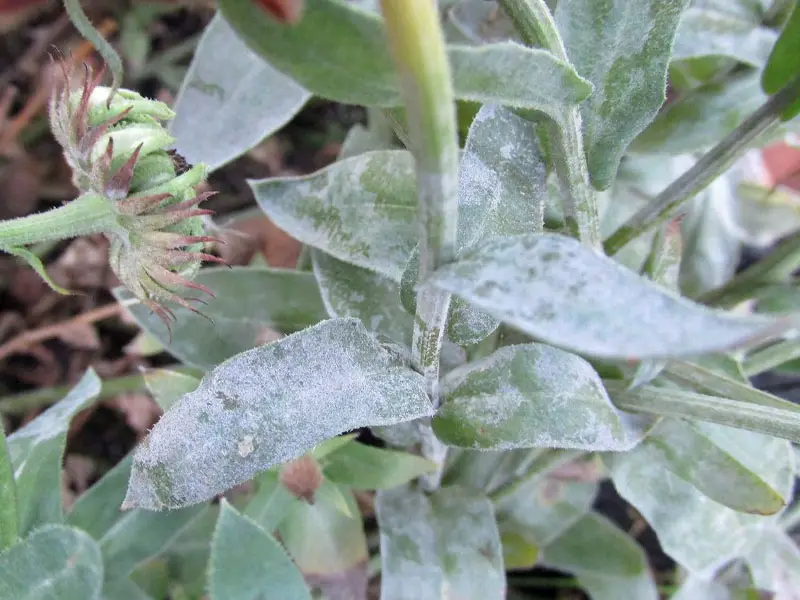
Prevent these fungal infections by avoiding overhead watering, overcrowding, and having good air circulation.
Other Problems
After a heavy frost at the end of the season, remove old plants to avoid disease the following year.
The stalks may be woody, so they may not be best composted or turned back into the soil.
There is a chance in some areas for your Cleome Plants to return next year.
I would encourage you to try these beautiful sun-loving flowers that need low maintenance and will bring height and color to your garden.
Cleome flowers are surely a Landscaper’s dream.
Cleome Plant Seeds
David’s Garden Seeds

FAQs
Can I grow Cleome by seeds?
Cleome is a relatively easy plant to grow from seed.
Once planted, can Cleome self-seed?
The plant can self-seed easily in most climate zones.
Do spider plants have individual flowers?
Flower clusters are really beautiful and delicate, they come in many colors, and some species are multi-colored.


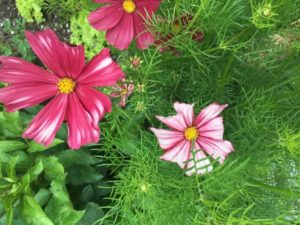
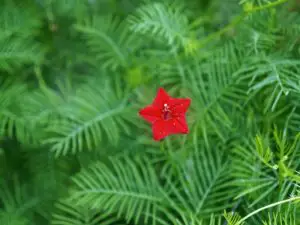
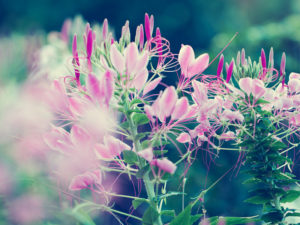
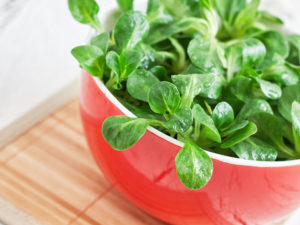
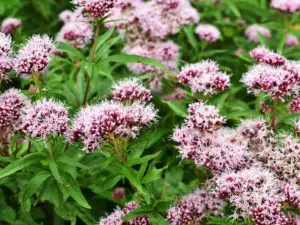
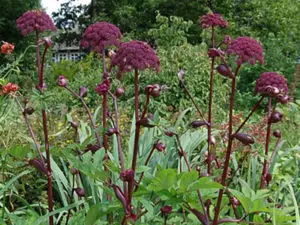
I was looking for this type of article. Thanks for sharing.